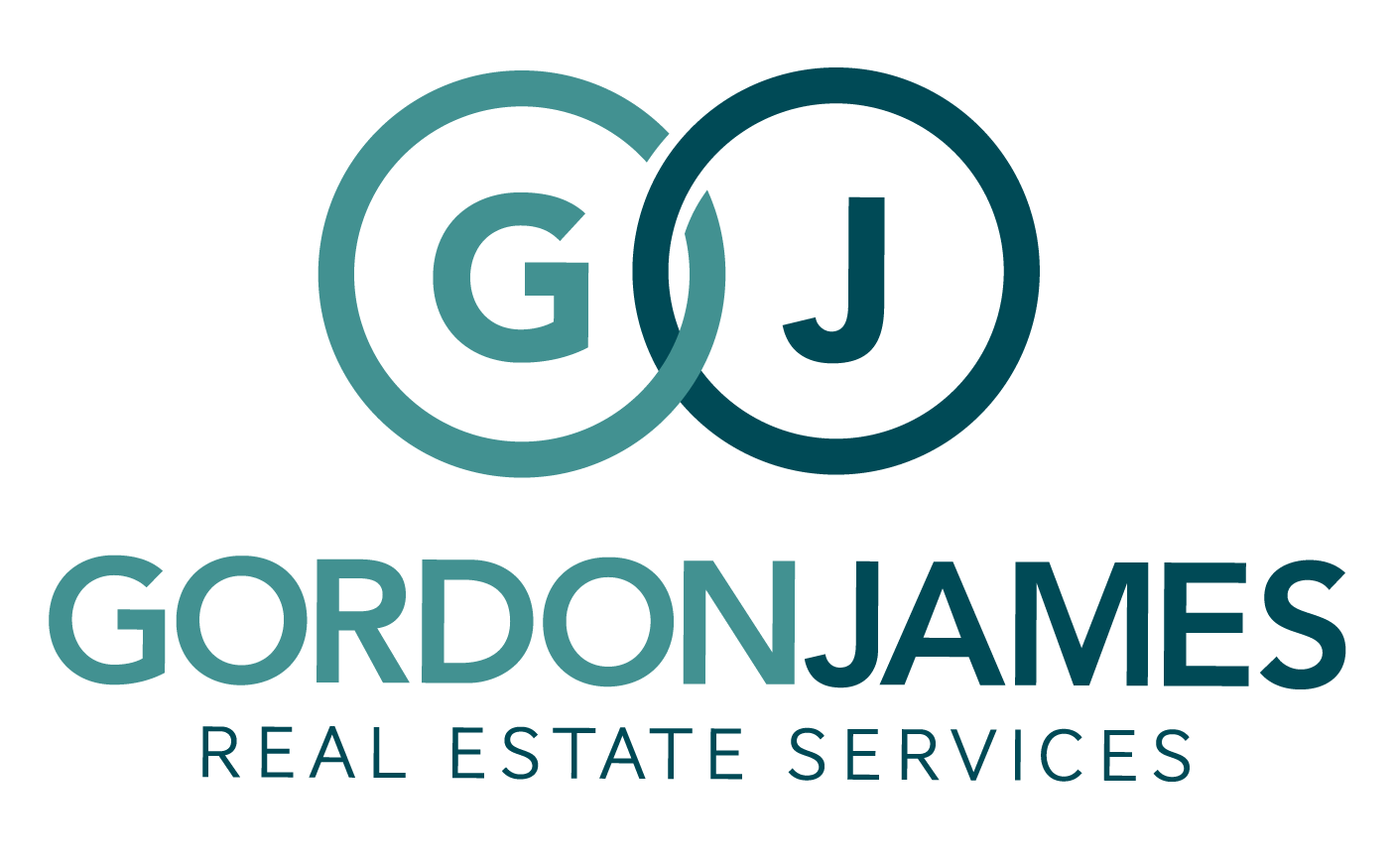Everything You Need To Know About Condo Insurance

Unlike insurance for single-family homes — which is pretty much cut and dry — condominium homeowners insurance can be quite complicated. Why? Because as a condo owner, you need to think about insurance coverage for your unit as well as the insurance covered by your HOA. To provide clarity, here’s everything you need to know about condo insurance.
Browse By Category
Sign up for Our Newsletter
Unlike insurance for single-family homes — which is pretty much cut and dry — condominium homeowners insurance can be quite complicated. Why? Because as a condo owner, you need to think about insurance coverage for your unit as well as the insurance covered by your HOA. To provide clarity, here’s everything you need to know about condo insurance.
What Is Condo Insurance?
Condominium insurance offers protection in case there is a liability, loss, or property damage. All condo owners contribute to their association’s master insurance policy. Your insurance contribution is incorporated into the monthly assessment fees. Depending on the coverage of the association’s master policy, condo owners may also need to purchase the second type of insurance: personal protection coverage.
Why Is Condo Insurance Important?
Whether it’s through your association’s master policy or your own, condo owners must have adequate insurance coverage. Condo insurance offers you financial protection in the event of serious injury, cases of theft, vandalism, fire, or if there is significant property damage to your unit. Without condo home insurance, you will have to pay out-of-pocket for all related expenses. Most banks and lenders require condo insurance if you are getting a condo mortgage.
What Does Condo Insurance Cover?
 Part of what makes condo insurance complicated is determining which areas of the property are covered by the association or the unit owner. As a condo owner, you must take the time to carefully review the association’s master insurance policy.
Part of what makes condo insurance complicated is determining which areas of the property are covered by the association or the unit owner. As a condo owner, you must take the time to carefully review the association’s master insurance policy.
A condo master policy will provide insurance coverage for common areas such as the lobby, elevators, exterior walls, roof, hallways, boiler room, swimming pool, pool deck, gym, and other amenities. If your association has a are
The master policy will also have different levels of coverage: bare walls, walls-in, all-inclusive, and single entity.
Most associations have a bare walls policy, which covers common areas of the condo. Meanwhile, a walls-in policy will include the walls, floor, and built-in furniture inside your unit. All-inclusive provides even more coverage as it includes appliances, fixtures, and renovations made inside your unit. Last but most comprehensive, single entity coverage will cover all aspects of the entire condominium building — except for personal property such as clothes, furniture, and electronic gadgets.
The extent of your condo association’s master policy will determine which type of personal insurance you need to purchase.
What Are the Different Types?
After reviewing your condo association’s master policy, condo owners now have to decide on their personal protection coverage or HO6 insurance. Here are different types of insurance coverage for condo owners.
- Personal Property Coverage: This covers your personal belongings — such as clothes, jewelry, furniture, appliances, and electronics — from theft or damage.
- Building Property Protection: This covers the repair of your condo interiors—such as built-in bookcases, cabinets, walls, and fixtures — in case of damage.
- Personal Liability Coverage: This covers legal expenses and medical bills in case someone is injured inside your unit and you are at fault.
- Guest Medical Coverage: This covers medical expenses when someone is injured inside your unit but you are not at fault.
- Personal Umbrella Policy: This provides additional coverage when you have reached the limit of primary insurance.
- Loss Assessment Coverage: This covers the number of special assessments, in case your condo association decides to levy one.
How Does It Work?
In the event that condo owners are faced with loss, damage, or liability, you will have to contact your insurance provider and submit an official claim request. Depending on your policy, claims settlement may come as either actual cash value (ACV) or replacement cost.
With replacement cost, condo owners will receive an amount based on the original value of their property. This option doesn’t consider the depreciation (or wear and tear) of your property. However, it comes with higher premiums. Meanwhile, ACV will pay the depreciated value of your damaged property or belongings. This is the more common option for condo homeowners’ insurance.
Make sure to take note of the maximum limit of your condo insurance coverage so you will receive the right amount for your reimbursement. If your condo insurance coverage isn’t enough, consider adding a supplemental or umbrella policy.
How Much Is Condo Insurance?
 Your condo insurance cost will depend on your desired coverage. In general, though, condo owners with bare walls or walls-in master policy should opt for higher insurance coverage.
Your condo insurance cost will depend on your desired coverage. In general, though, condo owners with bare walls or walls-in master policy should opt for higher insurance coverage.
Meanwhile, if you already have a single entity master policy, you only need minimal additional coverage.
In general, condo owners may opt for $40,000 of personal property coverage for the first 1,000 square feet of their unit. Then, it is an additional $5,000 per square foot. If your personal assets exceed $500,000, you should opt for higher liability insurance coverage as well as an umbrella policy.
You may also want to consider average condo insurance costs per state. States like Iowa, California, Connecticut, Georgia, and Utah have an average insurance cost of $200-500 per year. Meanwhile, states like Alabama, New York, Mississippi, and Oklahoma range from $500 to 700 per year. Then, in states like Florida, Louisiana, and Texas, average insurance costs are $800 upwards. The average condo insurance cost in the United States is $500 per year.
Choosing the Right Condo Insurance for Your Needs
Even though it is an added monthly expense, you now understand why it’s crucial to have condo insurance. In order to pick the right coverage, condo owners must review their association’s master policy as well as take an inventory of their personal belongings. It’s also important to compare policies from different insurance providers.
This may be time-consuming but you don’t want to pay more than what you have to. With ample resources and trusted recommendations, you’ll eventually be able to find the best condo insurance for your needs.
RELATED ARTICLES:
Trending Now
Related Article
Sign up for Our Monthly Newsletter
Sign up below for monthly updates on all HOA Resource
















